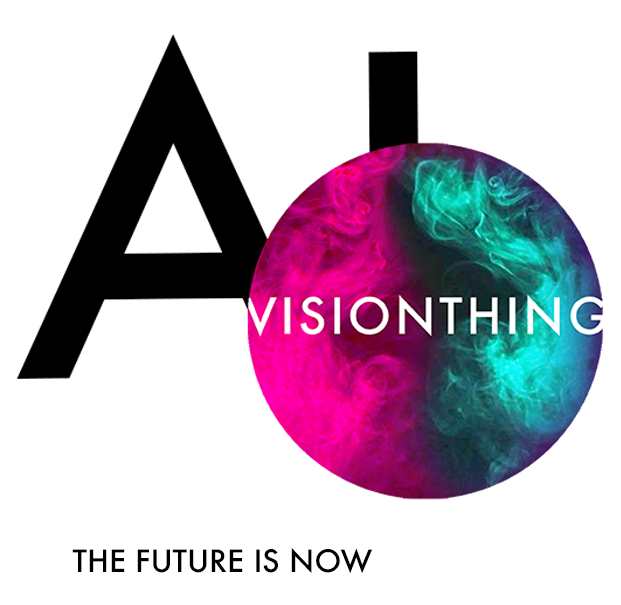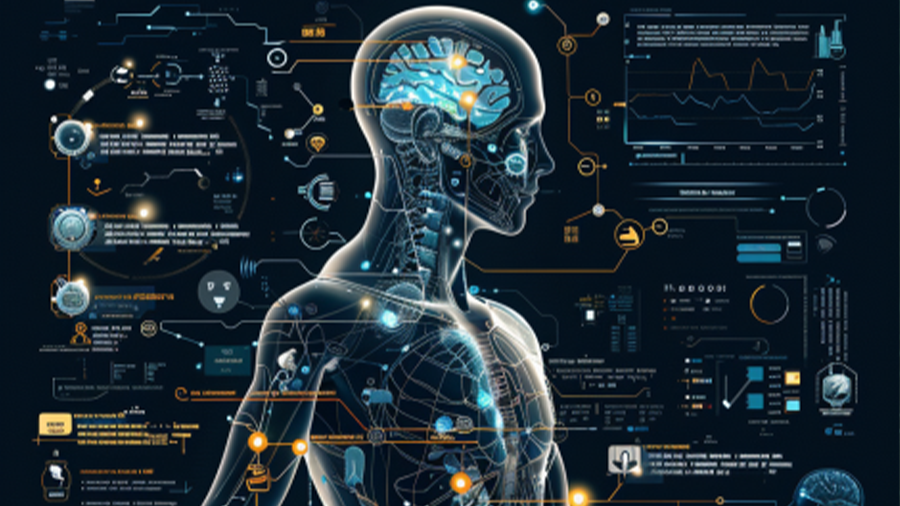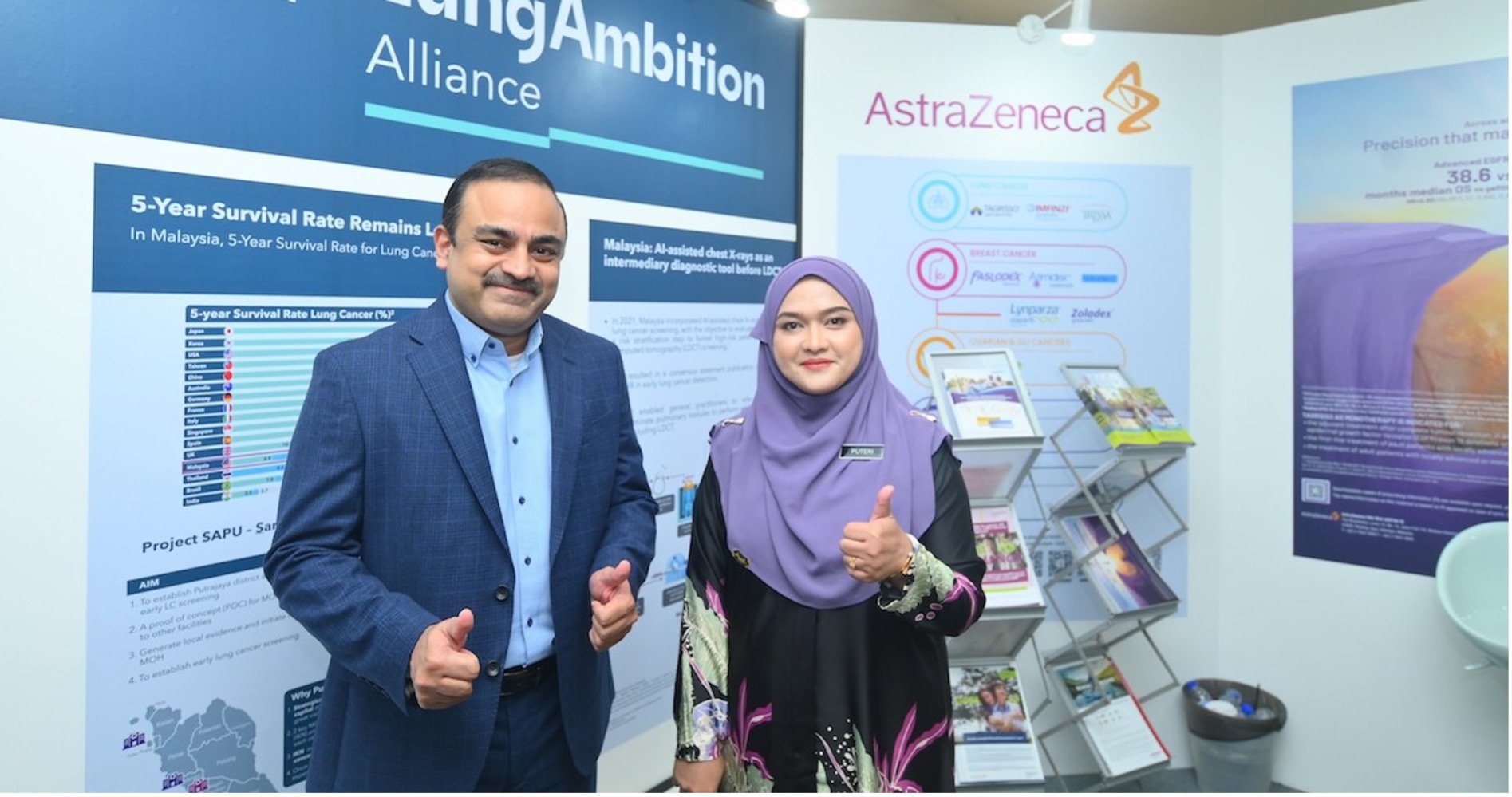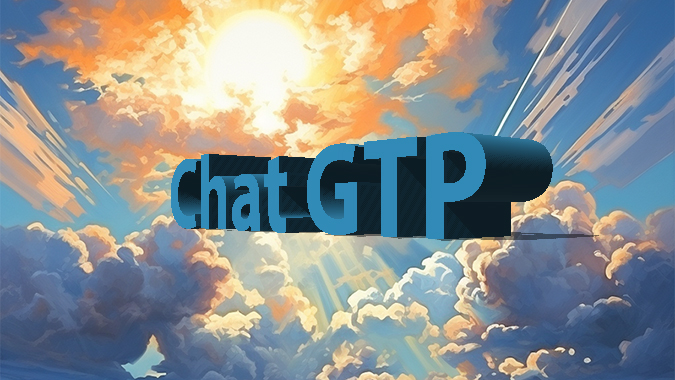Researchers studying sperm whale communication say they’ve uncovered sophisticated structures similar to those found in human language.
In the inky depths of the midnight zone, an ocean giant bears the scars of the giant squid she stalks. She searches the darkness, her echolocation pulsing through the water column. Then she buzzes – a burst of rapid clicks – just before she goes in for the kill.
But exactly how sperm whales catch squid, like many other areas of their lives, remains a mystery. „They’re slow swimmers,“ says Kirsten Young, a marine scientist at the University of Exeter. Squid, on the other hand, are fast. „How can [sperm whales] catch squid if they can only move at 3 knots [5.5 km/h or 3.5mph]? Are the squid moving really slowly? Or are the whales stunning them with their vocalisations? What happens down there? Nobody really knows,“ she says.
Sperm whales are not easy to study. They spend much of their lives foraging or hunting at depths beyond the reach of sunlight. They are capable of diving over 3km (10,000ft) and can hold their breath for two hours.
„At 1000m (3300ft) deep, many of the group will be facing the same way, flanking each other – but across an area of several kilometres,“ says Young. „During this time they’re talking, clicking the whole time.“ After about an hour, she says, the group rises to the surface in synchrony. „They’ll then have their rest phase. They might be at the surface for 15 to 20 minutes. Then they’ll dive again,“ she says.
At the end of a day of foraging, says Young, the sperm whales come together at the surface and rub against each other, chatting while they socialise. „As researchers, we don’t see a lot of their behaviour because they don’t spend that much time at the surface,“ she says. „There’s masses we don’t know about them, because we are just seeing a tiny little snapshot of their lives during that 15 minutes at the surface.“
It was around 47 million years ago that land-roaming cetaceans began to gravitate back towards the ocean – that’s 47 million years of evolution in an environment alien to our own. How can we hope to easily understand creatures that have adapted to live and communicate under such different evolutionary pressures to ourselves?
„It’s easier to translate the parts where our world and their world overlap – like eating, nursing or sleeping,“ says David Gruber, lead and founder of the Cetacean Translation Initiative (Ceti) and professor of biology at the City University of New York. „As mammals, we share these basics with others. But I think it’s going to get really interesting when we try to understand the areas of their world where there’s no intersection with our own,“ he says.
Source: bbc.com, by Katherine Latham and Anna Bressanin 11.07.2024










